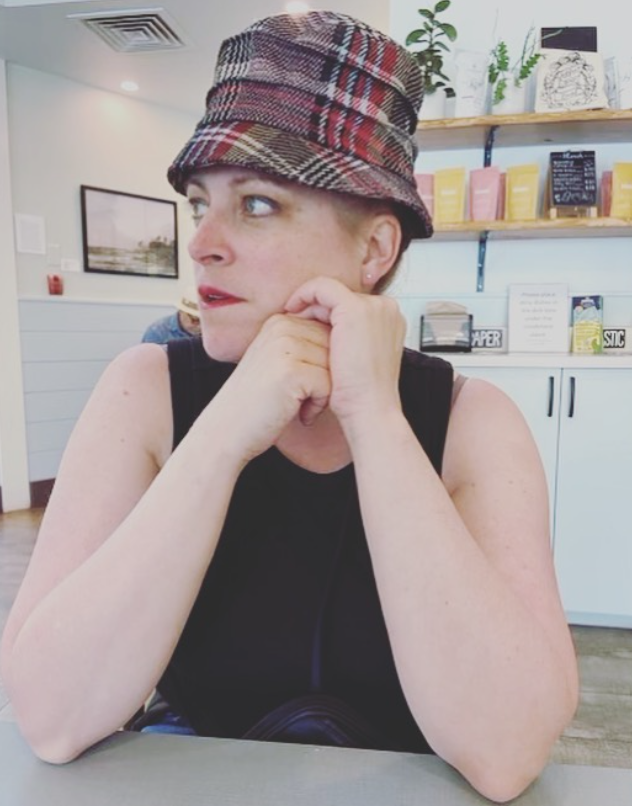Just in! The 10 Pillars of Reading Instruction!

“10 pillars? Coach Clark what are your talking about? There are five!”
Let me explain! In 2000, the National Reading Panel came out with the five pillars of reading instruction.
They are as follows:
- Phonics
- Phonemic Awareness
- Comprehension
- Vocabulary
- Fluency
Although it has been 20 years, these five pillars continue to be the basis for effective reading programs.
It was interesting then to find an article by Richard Allington suggesting another five pillars to support our readers. He states, “I believe there are at least 10 pillars of effective reading instructional design. There likely are even more, but I’m going to suggest five additional pillars for which there exists a substantial body of experimental research.”
The five additional pillars the Richard Allington suggests are as follows:
- Classroom organization
“Effective reading instruction provides a balance of whole group, small-group, and side-by-side lessons every day.” (Allington, 2005)
I would add classroom management to this section. Our classrooms are increasingly diverse and creating a management system that supports whole group, small-group and side-by-side lessons, is a must!
2. Matching Pupils and Text
“…effective reading instruction provides differentiated instruction.” (Allington, 2005)
“Because children differ, no single text nor any single task can be appropriate for all children in a classroom—much less a grade level.” (Allington, 2005)
I would add digital texts to this section. Digital texts should be considered in a balanced reading diet, in addition to add-ons such as ReadWriteGoogle that allow students to access text that is above their decoding level, but at their comprehension level.
3. Access to interesting texts, choice and collaboration
Allington refers to a meta-analysis by Guthrie and Humenick that looked at the impact of several features of lesson design on outcomes. Allington (2005) said, “Each of the factors they studied—easy access to an array of interesting texts, providing students choices about what to read, and allowing for opportunities to collaborate with other children while reading—produced impacts that were larger than those reported by the National Reading Panel for the presence of systematic phonics instruction.”
I would add nonfiction texts to this section. I love reading nonfiction and writing nonfiction. I have found that our most reluctant readers and writers can be transformed by zeroing in on their most passionate subject matter. I have found that when students work together through texts, whether reading or writing, there is more engagement and higher levels of motivation.
4. Writing and Reading
“…reading and writing have reciprocal relationships with each other. Composing can enhance comprehension. Spelling can facilitate decoding. And so on.” (Allington, 2005)
I would add annotation to this section. I worked with students as young as grade one demonstrating the importance of “reading with a pencil”. We need to show students how to record the “tracks of their thinking.”
5. Expert tutoring
“Struggling readers benefit enormously from access to tutoring.” (Allington, 2005)
I would add small group intervention to this section. I know that one-to-one intervention is challenging to provide in most schools. I do believe in some type of small group intervention. Leveled Literacy Intervention has proved impactful at my last three schools. Recently, our school division piloted a grade one reading project focused on developing phonemic awareness skills. Due to Covid, the project ended but there was noticeable improvement with the students in my small groups.
Richard Allington (2005) ends the article stating, “Any design that fails to attend to these 10 pillars of effective reading cannot truly be called research based. I don’t think any reading program design that ignores or under emphasizes any of the 10 pillars can be expected to develop the reading proficiencies of all students, especially the reading of struggling readers.”
What are your thoughts? When you examine your teaching experience is there one or more pillars that you would like to develop further?
It is definitely something to think about. 🙂
Until Next Time,
Love Coach Clark
Reference
Allington, R. (2005). The Other Five Pillar’s of Effective Reading Instruction. Reading Today. 22(6), 3

